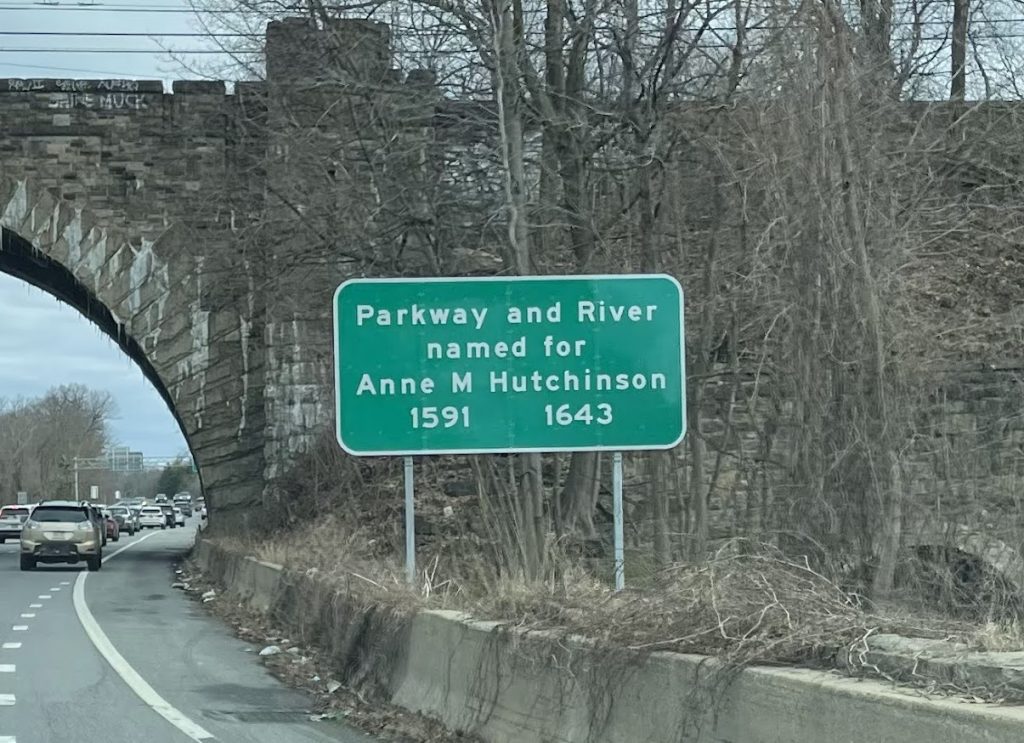The Merritt Parkway in Connecticut is named after Schuyler Merritt, who was a prominent Republican politician and businessman in the early 20th century.
Schuyler Merritt was born in 1853 in Connecticut and began his career as a lawyer. He was elected to the Connecticut General Assembly in 1884 and served several terms in the state legislature before being elected to the United States House of Representatives in 1894.
Merritt was known for his advocacy of transportation infrastructure projects, and he played an important role in the development of the Merritt Parkway, which was built in the 1930s. The parkway was designed as a scenic, limited-access highway that would connect the cities and towns of Fairfield County in southwestern Connecticut.
The Merritt Parkway was also designed to be aesthetically pleasing, with carefully designed bridges and other structures that blended in with the natural environment. It quickly became a popular destination for motorists and tourists alike, and it remains an important transportation artery for the region today.
Schuyler Merritt passed away in 1953, but his legacy as an influential political figure and advocate for transportation infrastructure projects in Connecticut is still remembered and celebrated today.
Schuyler Merritt (1853-1953) was a prominent Republican politician, businessman, and philanthropist who played an important role in the development of Connecticut during the late 19th and early 20th centuries. He was born in Norwalk, Connecticut, and grew up in a family that was heavily involved in politics and public service.
After graduating from Columbia Law School in 1876, Merritt began his legal career in New York City before returning to Connecticut to work as a lawyer and businessman. He was elected to the Connecticut General Assembly in 1884 and served several terms in the state legislature before being elected to the United States House of Representatives in 1894.
During his time in Congress, Merritt was a vocal advocate for transportation infrastructure projects, and he played an important role in securing funding for several major highways, including the Merritt Parkway, which was named in his honor. Merritt was also a strong supporter of the arts and played an important role in the development of several cultural institutions in Connecticut, including the Norwalk Symphony Orchestra and the Wadsworth Atheneum Museum of Art.
In addition to his political and philanthropic work, Merritt was also a successful businessman, with interests in several industries, including shipping, railroads, and real estate. He was known for his entrepreneurial spirit and his commitment to innovation, and he played an important role in the economic development of Connecticut during the early 20th century.
Schuyler Merritt passed away in 1953 at the age of 99, but his legacy as an influential political figure, businessman, and philanthropist is still remembered and celebrated today. The Merritt Parkway, which was one of his most important contributions to the state of Connecticut, remains a popular and iconic landmark in the region.

